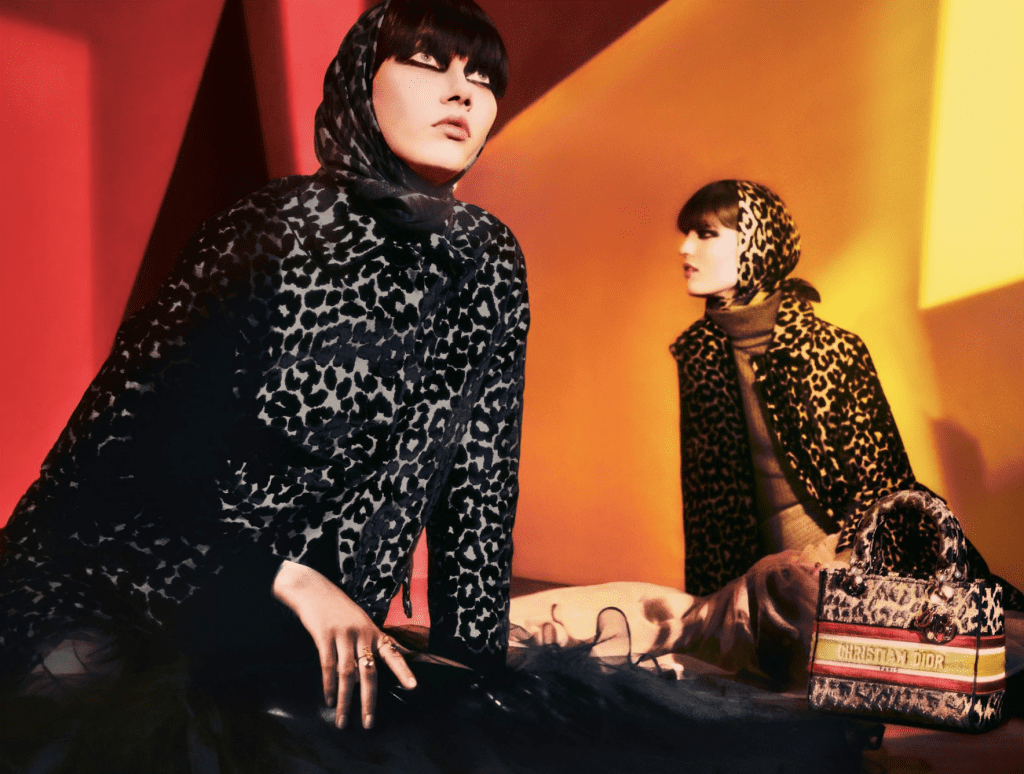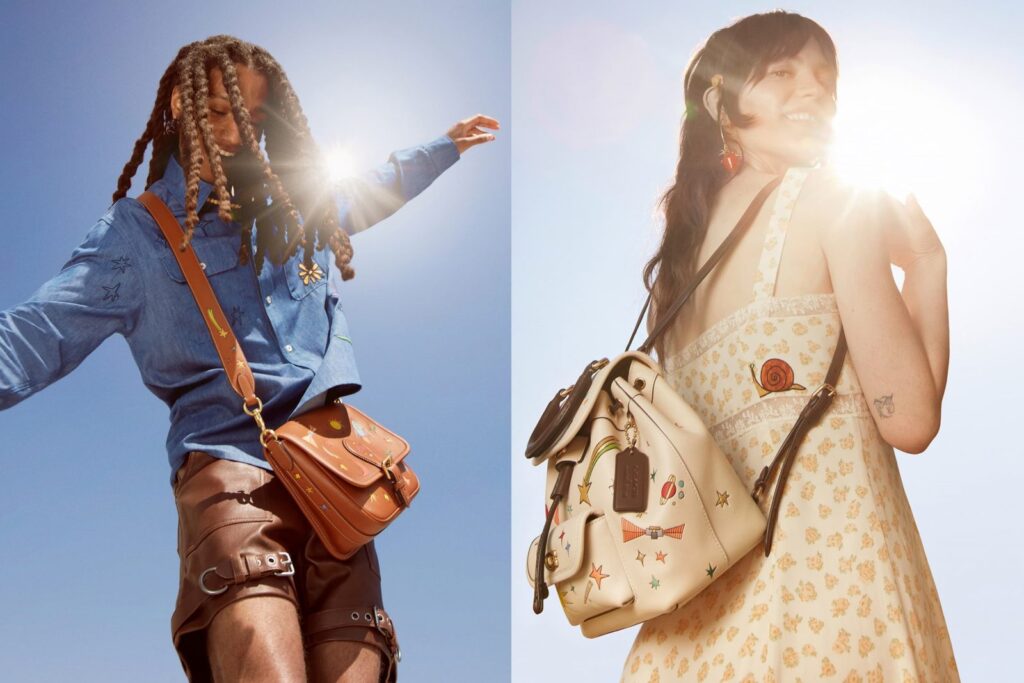LVMH Moet Hennessy Louis Vuitton’s most recent quarterly results suggest that the sales-specific impact of COVID-19 “is passing,” with strength in “numerous categories from Fashion & Leather goods to Wines & Spirits and across continents implying a broad-based recovery in demand for luxury goods” despite the striking drops in sales that have plagued luxury players as a result of the pandemic. In its Q2 letter to investors, investment management firm Polen Capital says that it is continuing to bet on the Paris-based conglomerate, holding that the group – which reported in late July that it generated $33.7 billion in revenue for the first half of the year (up from $21.7 billion in H1 of 2020) – is “poised to continue growing its total returns to shareholders at a low double-digit rate over the coming five years.”
Looking specifically at the Bernard Arnault-run group’s top revenue-generating brands within the Fashion & Leather Goods division, Polen stated that both Louis Vuitton and Christian Dior “maintained their leadership [in the market],” which the firm says “suggests that the largest luxury brands are continuing to take market share from smaller competitors,” including privately-held ones, as the luxury market as a whole continues to make gains. This is in line with findings from Jefferies analysts, who estimated last month that LVMH’s share of the global personal luxury-goods market has risen from a pre-pandemic 10 percent to roughly 16 percent, helped along, at least in part by its acquisition of Tiffany & Co. LVMH’s growth comes as the global market for personal luxury goods, as a whole, rose by 5 percent between 2019 and 2021, according to Bain, as reported by the Wall Street Journal.
The success of conglomerate-held brands in the midst of the pandemic – and rising costs of competing against them in the digital battle field, where many luxury brands were slow to adapt – has opened the door to a steady stream of merger-and-acquisitions, with Etro, Jil Sander, Pucci, Sergio Rossi, Tod’s, and Christian Louboutin, among others, selling off stakes since the onset of the pandemic. And if M&A chatter is any indication, more deals are likely to come, as a handful of key brands remain in independent hands.
Addressing LVMH’s acquisition of Tiffany & Co. Polen stated that the famed jewelry company showed “a promising start to the year,” but noted that “management cautioned that turning this recently acquired business around would take ‘years, not quarters.’”
The Rise & Role of E-Comm
Another key takeaway for Polen was LVMH’s increased reliance on e-commerce, which it says “continues to power results during lockdowns.” In its first half report, LVMH specifically highlighted the role that e-commerce has played within its Perfumes & Cosmetics division, stating that its brands “are benefiting from continued growth in online sales, partially offsetting the impact of the suspension of international travel and the closure of many points of sale.” It similarly pin-pointed the “progress” of online sales on a global basis in connection with its Selective Retailing business group, under which Sephora falls. The cosmetics chain revealed in June that it would further expand its digital reach by partnering with Berlin-based e-commerce company Zalando in order to create “an unrivalled online prestige beauty experience for European customers.” That venture is expected to launch later this year.
“Despite recent strength [in the e-commerce space],” Polen asserts that “LVMH management believes luxury shopping will be an omnichannel experience, with discovery happening online but purchases happening in stores.” This seems particularly likely for brands like Louis Vuitton, for instance, which has significantly bolstered its online offerings, but still does not appear to offer its entire collection for sale online. Of the 466 handbag styles that appear on Louis Vuitton’s e-commerce site, for instance, only 134 are marked as “available online.” At least some of the items are not listed as available online, as they are “out of stock,” but others require consumers to call for availability.
In this same vein, it will be interesting to see what approach Phoebe Philo takes when she launches her new LVMH-backed eponymous label early next year. The former Celine creative director adamantly opposed social media and e-commerce when it came to the advertising and sale of her quiet-but-pricey offerings. While that approach may have worked in the past, the new demands that have come about as a result of the pandemic, both in terms of mandated lockdowns and corresponding store closures, and in wavering consumer comfort in shopping in-store as opposed to online, particularly in light of the recent onset of the Delta variant, have forced formerly online-resistant brands to embrace digital shopping experiences for fear of missing out on tens of billions of dollars’ worth of sales.
Uncertainty in the Chinese Market
What still remains to be seen is how luxury goods groups like LVMH will fare amid impending crackdowns on rising wealth inequality in China, which have the stock market spooked and luxury brands in a potentially problematic position, given their large-scale reliance on Chinese consumers for a huge portion of their revenues and growth. While striking stock drops for the likes of LVMH, Kering, and Hermès, among others, on the heels of Xi Jinping’s August 17 call for wealth redistribution, have stabilized, uncertainty continues to loom in light of the messaging coming out of Beijing.
In a note last week, Jefferies analysts Flavio Cereda and Kathryn Parker stated that they believe that the situation in China “is likely to result in some change in spending habits [for the fast-growing cohort of high spenders], certainly in terms of visibility, and may also tweak the marketing campaign of brands.” In addition to changes in the nature and content of brands’ marketing efforts, the looks of their wares very well may be impacted, as well, with a shift towards less ostentatious uses of logos – and even a move away from pricey materials like exotic skins, etc., which have typically been promoted in heavy-spending markets like China – likely to come into play due to the planned crackdowns on excess wealth. This could prove to be damaging to brands, which rely heavily on the margins of logo-heavy offerings, for instance.
At the same time, brands will also be notably impacted by any additional taxes that are levied on luxury goods. Although, it is unclear if that is the route that the government plans to take, particularly given its sweeping efforts in recent years to get consumers shopping on the mainland. That effort has been helped along significantly by the onset and enduring effect of COVID, but it is not a given that once borders open again, Chinese consumers will not resume their old ways of buying tens of billions of dollars’ worth of luxury goods beyond China’s borders.











